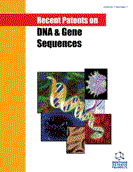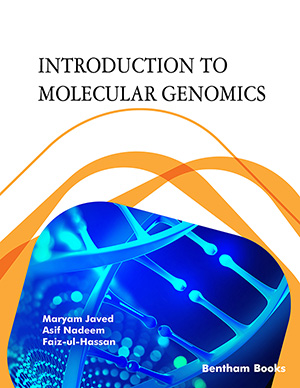Abstract
The tightly regulated expression of p53 contributes to genomic stability and transcription of the p53 gene is induced prior to cells entering S-phase, possibly as a mechanism to insure a rapid p53 response in the event of DNA damage. We have previously described the cloning of an additional 1000bp of upstream p53 sequences that we have demonstrated play a role in the regulated expression of p53. As described in earlier reports we identified that a member of the C/EPB family of transcription factors may play a role in regulating p53. A particular C/EBPβ isoform, C/EBPβ-2, efficiently binds to the p53 promoter and induces its expression in a fashion that reflects the pattern of p53 expression seen as cells are induced to enter S-phase and is absent from cells that are defective in proper p53 regulation. We conclude from these findings that C/EBPβ-2 plays a central role in regulating p53 transcription during the transition into S-phase. The recent development of novel compounds that restore wild-type p53 activity to tumor cells raises the possibility that understanding the means by which p53 gene expression is deregulated in tumors cells could likely lead to the development of novel therapeutic strategies designed to return p53 to its normal expression.
Keywords: p53 tumor suppressor, transcriptional regulation, cell cycle regulated gene expression, C/EBP
 3
3











